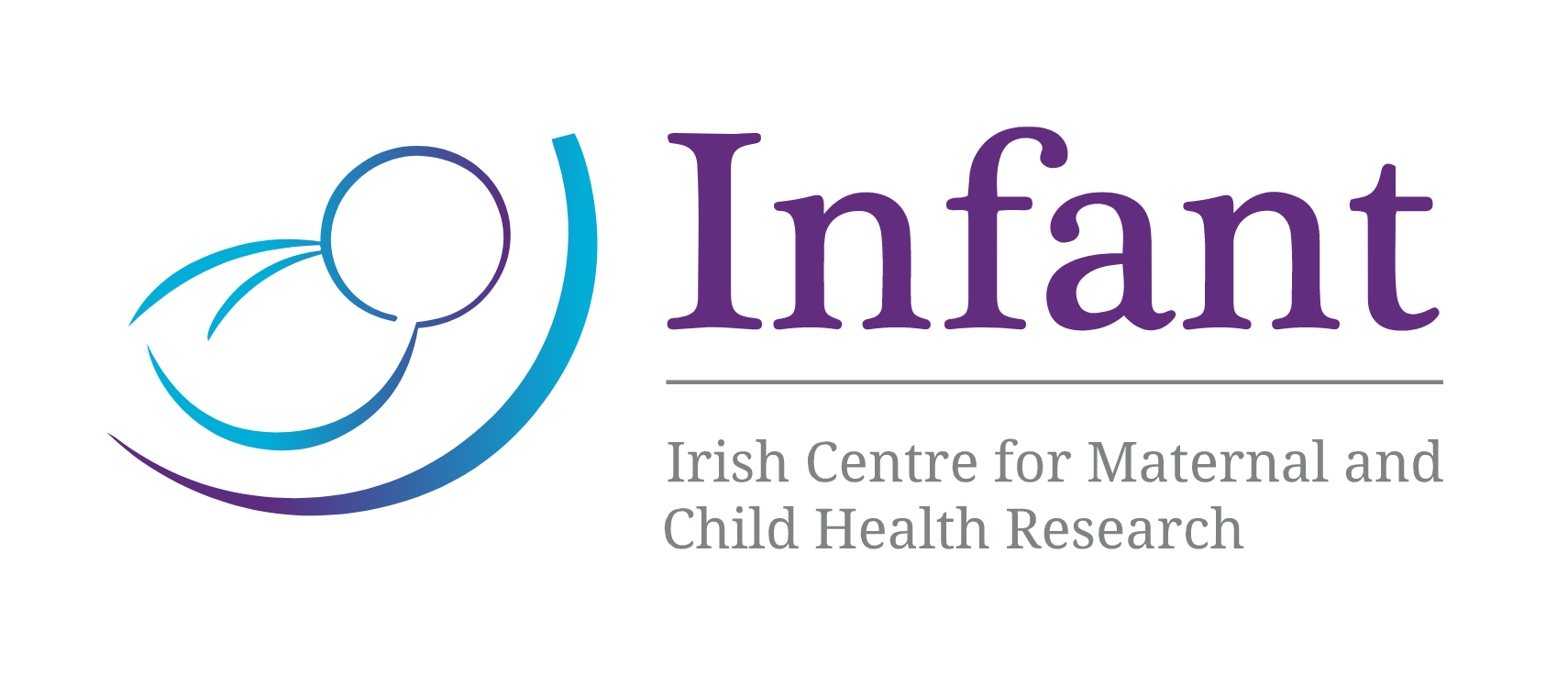COMRADEs/iPLACENTA
MitoChondrial DysfunctiOn and Metainflammation in PRe-eclampsiA and Gestational Diabetes MEllituS (COMRADES)
Chief Investigator : Dr Cathal McCarthy
Principal Investigator: Dr. Fergus McCarthy
Additional Project Staff: Dr. Keelin O’Donoghue, Samprikta Manna, Dr. Andrea Musumeci, Colm McElwain
Background
Pre-eclampsia (PE) is defined as new onset hypertension accompanied by proteinuria in the second half of pregnancy. Intrauterine growth restriction (IUGR) is defined as fetal growth restriction below the 10th percentile. PE and IUGR can coincide or occur separately. Gestational diabetes mellitus (GDM) is defined as significant glucose intolerance first diagnosed in pregnancy. These complications affect 1 in 5 pregnancies and are associated with serious long-term sequelae for mother and baby (Weissgerber, 2015). These perinatal complications share many risk factors including advanced maternal age, nulliparity, and pre-pregnancy obesity. Additionally, GDM is a risk factor for the development of PE; studies have shown that the odds of PE (adjusted OR 1.29) were increased among women with GDM (Schneider et al, 2012). Mitochondria are major producers of reactive oxygen species (ROS) and excessive production of mitochondrial-ROS (mROS) is intrinsically linked to mitochondrial dysfunction. The pathogenic involvement of mitochondrial dysfunction in mediating PE and GDM was first suggested by the high incidence of these disorders in families with genetic errors of mitochondrial metabolism (Chen et al, 2000).
Maintenance of mitochondrial function has been suggested as an important mechanism of extending lifespan. Mitochondrial dysfunction resulting in impaired energy generation, inflammation and increased oxidative stress has been implicated in progressing the ageing process (Sahin and DePinho, 2012). Furthermore, maternal obesity increases placental oxidative stress and there is evidence that increasing maternal adiposity has a dose-dependent effect on mitochondrial dysfunction (Mele et al, 2014). Cellular senescence is a state of irreversible cell cycle arrest that is triggered by a range of intrinsic and extrinsic stimuli including dysfunctional mitochondria and increased ROS production (Sultana et al, 2018). Premature placental senescence and aging are implicated in a number of perinatal complications, yet their definitive pathophysiological role has not been fully elucidated.
The (NOD)-like receptor protein 3 (NLRP3) inflammasome is a critical regulatory hub that facilitates cross-talk between inflammatory and metabolic milieu. Mitochondrial dysfunction activates the NLRP3 inflammasome provoking an inflammatory signalling cascade and resultant insulin resistance. Insulin resistance has been directly associated with placental function in both pre-eclamptic and diabetic pregnancies (Mastrogiannis et al, 2009). The discovery that insulin receptors and adipokine production, key players in insulin regulation, are active in the placenta suggests potential interactions between the placenta-adipose axis. Both tissues provide additional sources of inflammatory mediators, emphasising the role of the immune-metabolic network in pregnancy. Women who
develop PE are more insulin resistant prior to pregnancy, during pregnancy and years after pregnancy. Furthermore, insulin resistance at 22-26 weeks’ gestation is an independent predictor of PE after adjustment for common risk factors (Parretti et al, 2006).
Over 800 peer-reviewed publications have supported the hypothesis that oxidative stress is involved in the pathophysiology of these perinatal complications yet there is a striking disconnect between data implicating oxidative stress and the failed vitamin trials for preventing PE (Roberts et al, 2010) and PE in GDM (McCance et al. 2010). Furthermore, maternal nutritional interventions in GDM focus on lowering glycaemia and postprandial glucose, yet a recent meta-analysis established that nutritional intervention in pregnancy failed to reduce the risk of GDM (Rogozinska et al, 2015). This group’s recent work has shown that mitochondrial-targeted antioxidants have both anti-oxidant and anti-inflammatory effects in both in vitro and in vivo models of PE, raising the possibility that these targeted antioxidants may become a future therapeutic option for these perinatal complications by preserving placental mitochondrial function.
Aims
By implementing a case-control study of 240 women we aim to:
- explore the role of mitochondrial dysfunction in instigating placental senescence
- investigate how aberrant placental senescence alters placental function and contributes to pathophysiology of these perinatal complications
- decipher the mechanistic pathways by which placental mitochondrial motifs provoke NRLP3 inflammasome activation and trigger adipose inflammation and insulin resistance in pregnancy complications
- develop an effective novel therapeutic strategy by directly targeting mitochondrial dysfunction in order to alleviate mROS mediated pathology
